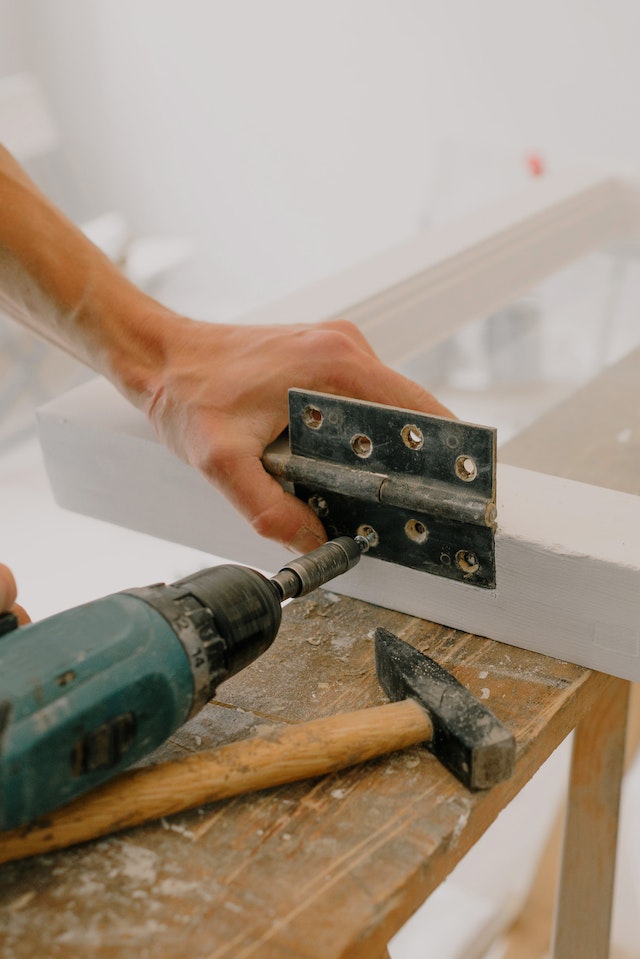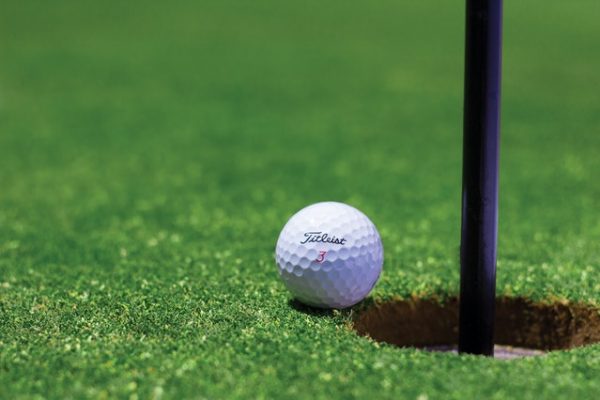Friction hinges are commonly used in cabinet doors, laptop computers, electrical enclosures, machine covers, large freezers, and other applications requiring position control or a free stop. Several types of friction hinges exist, including curl, disk, and pipe friction hinges. These unique hinges can only produce torque in one direction, preventing doors, flaps, and panels from slamming shut due to gravity. However, when selecting a friction hinge, it is essential to consider the following factors.
Material
Torque hinges must be capable of resisting the force applied to them, which is why it’s so important to know what their specifications are before you purchase them. The hinges should hold up to or even surpass the torque that will be put on them by the door, panel, or another object they are connected to. Many friction hinges are made of cold rolled steel, an iron alloy processed at low temperatures to preserve its physical characteristics. Other types of metal are also used to make custom friction hinges, including aluminum, brass, and bronze. Aluminum is a lightweight, durable material that holds up well to lateral forces. It is resistant to corrosion and has good flexibility, making it a popular choice for friction hinges. Brass is another metal that’s commonly found in friction hinges because it is strong and has a beautiful appearance. It is corrosion-resistant and can withstand the effects of saltwater exposure.
Strength
Unlike simple butt or continuous hinges that slam open and shut with lateral force, friction hinges are designed to resist the lateral forces exerted on them. They’re also valued for their ability to move fluidly while retaining their rotation angle. Laptop screens, movable automobile sun visors, and portable DVD players wouldn’t work without them. When selecting a friction hinge, the strength you need depends on the size and weight of the object held by the hinge. This includes a door, lid, or panel on machinery, display monitors, lighting, cabinets, and more. These structures must be strong enough to support their weight and the additional hardware, such as closers and exit devices, that may be attached. The strength of a friction hinge is measured by its dynamic torque, which measures the resistance it shows as it rotates. This is monitored so that the hinge can operate within an expected range.
Durability
A friction hinge is used to maintain a door or lid in place and withstand the weight of the object connected to it. These hinges also resist lateral forces from wind, rain, or snow. Friction hinges can be customized to meet specific torque requirements and environmental conditions. They can be engineered as one-way friction hinges with resistance in one direction only or two-way hinges allowing for damping on either side. They can also be designed with varying lubricant viscosity and temperature tolerance capabilities. For example, a friction hinge used in an acidic environment may need to be made from stainless steel or other material that can repel acids or corrosives. It should also be tested for durability. Other essential features to consider include spring back and free play. A spring back feature helps prevent a door or lid from slamming shut, while free play indicates the motion a hinge allows before a force or torque is applied.
Aesthetics
Many applications for friction hinges require the product to have an appealing appearance, such as on a laptop display or cabinet door. In these situations, the choice of metal is critical to ensure that the hinge is durable and blends well with the product’s overall design. In addition to selecting a quality metal, it is essential to know what torque requirements are necessary for the specific application to ensure consistent performance over the life of the hinge. The proper hinge will be engineered with precise tolerances between the mechanical parts, and extra materials like springs or lubricant may be added to achieve certain degrees of resistance or damping to the hinge movement. Another factor is the environmental conditions in which the hinge will be used, such as whether it is exposed to moisture or chemicals. A high-quality stainless steel hinge is best because it can resist corrosion and temperature changes.







